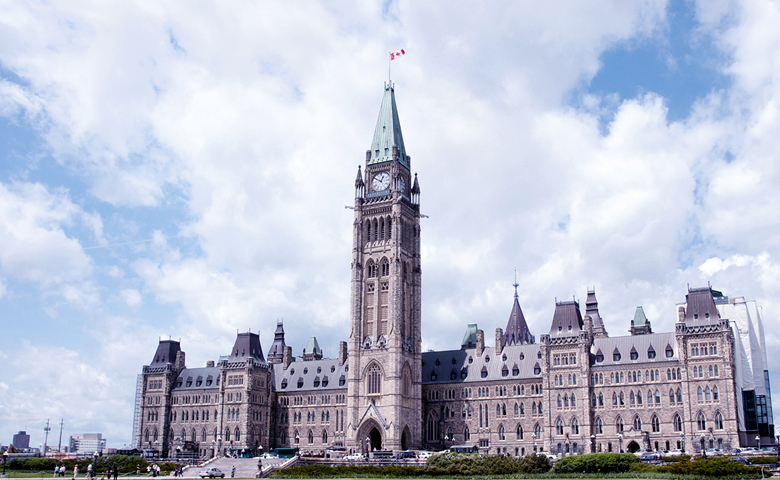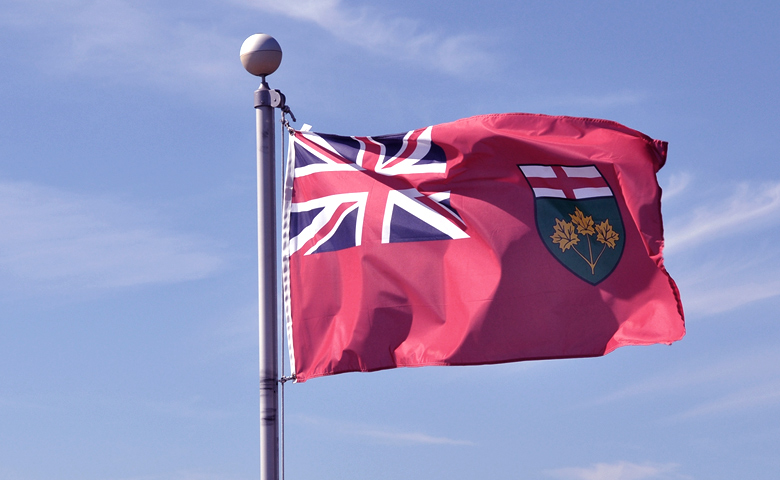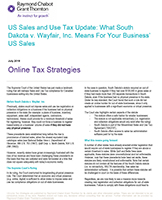Online Tax Strategies−July 2018 : New change to GST/HST reporting on sale of carbon emission allowances
Businesses and other persons who buy or sell emission credits under a cap and trade or other carbon pricing system should be aware of recent changes made by the Department of Finance to the reporting of GST/HST on sales of carbon emission allowances.
As of June 27, 2018, a person who purchases taxable carbon emission allowances from another person is required to self-assess the applicable GST/HST on that purchase. In the past, the tax on such a transaction would have been required to be collected and remitted in the more usual way by the vendor. Transitional rules have also been announced to accompany this change.
Carbon emission allowances are credits and similar instruments issued by a government, international organization or other regulating body to quantify greenhouse gas emissions to satisfy a program implemented to regulate such emissions.
Download the document below for more information.
You could also like to read
Next article
What are the tax implications for a Canadian citizen buying, selling or leasing real estate in the United States? What does it mean to be a U.S. tax resident and who does this status apply to?
Mylène Tétreault, Senior Manager at Raymond Chabot Grant Thornton and U.S. Tax Expert answers these and many other questions in this video.
02 Aug 2018 | Written by :
Mylène Tétreault is your expert in taxation for the Québec office. Contact her today!
See the profileNext article
Your main goal is to attain or increase your business’s profitability. However, you find that while your sales might be increasing, your profits are decreasing.
- You have trouble establishing a sales price and you rely on the competition’s price.
- You tender bids, but you’re not sure the order will yield the estimated profits.
- You wonder when you will reach the break-even point and start making a profit.
A fair evaluation of your cost price has numerous advantages. Our experts can guide you in this process.
19 Jul 2018 | Written by :
Francis Boucher is a Financial Advisor expert at Raymond Chabot Grant Thornton.
See the profileNext article
Online Tax Strategies, July 2018−What South Dakota v. Wayfair, Inc. Means For Your Business’ US Sales
The Supreme Court of the United States has just made a landmark ruling that will reshape Sales and Use Tax compliance for Canadian businesses selling into the United States.
Before South Dakota v. Wayfair, Inc.
Previously, states could not impose sales and use tax registration or collection obligations on a business if the business had no physical presence in the state (for example: a place of business, inventory, equipment, sales staff, independent agents, contractors, technicians). States could provide for a minimum threshold of sales for registering; however, they could not force a business to register based solely on a business’ volume of sales if they did not have any physical presence.
These precedents were established long before the rise to prominence of internet sales, when the closest equivalent was catalogue sales (see National Bellas Hess v. Department of Revenue, 386 U.S. 753 (1967), Quill Corp. v. North Dakota, 504 U.S. 298 (1992)) However, recently states have grown increasingly frustrated with the loss of tax revenue and have been challenging these precedents on the basis that they are outdated and were formulated at a time that does not square adequately with today’s economic reality.
For more information, download the document below.





